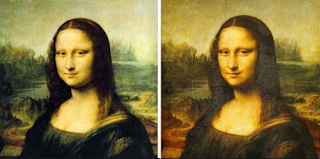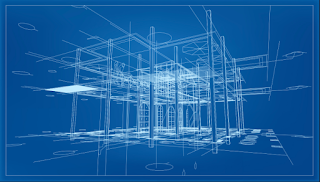Event 1- Eco-Centric Art + Science: Prophesies and Predictions

The event I went to was Puy on by Linda Weintraub. She was really passionate about having people use their bodies naturally, and experiencing natural sensations that we do not get to experience much of any more. She asked each of us how much walking we do on natural surfaces (hiking, sand, rocks etc.) Out of the 20 people at the event, only about 4 of them spent more than 5% of their time on natural surfaces. She then began to talk about how machines are making our lives easier, but people are not using their bodies full potential. Human bodies had to use to their maximum ability, and humans relied on all of their senses. In her exhibit, she tries to bring back the uses of human senses by using 5 different stations. At each station you took a box, and followed the instructions on the box. Below is a map of the different stations. The picture below is a map of the exhibit. The one in the top right side of the poster was form and beauty. At this station th...



